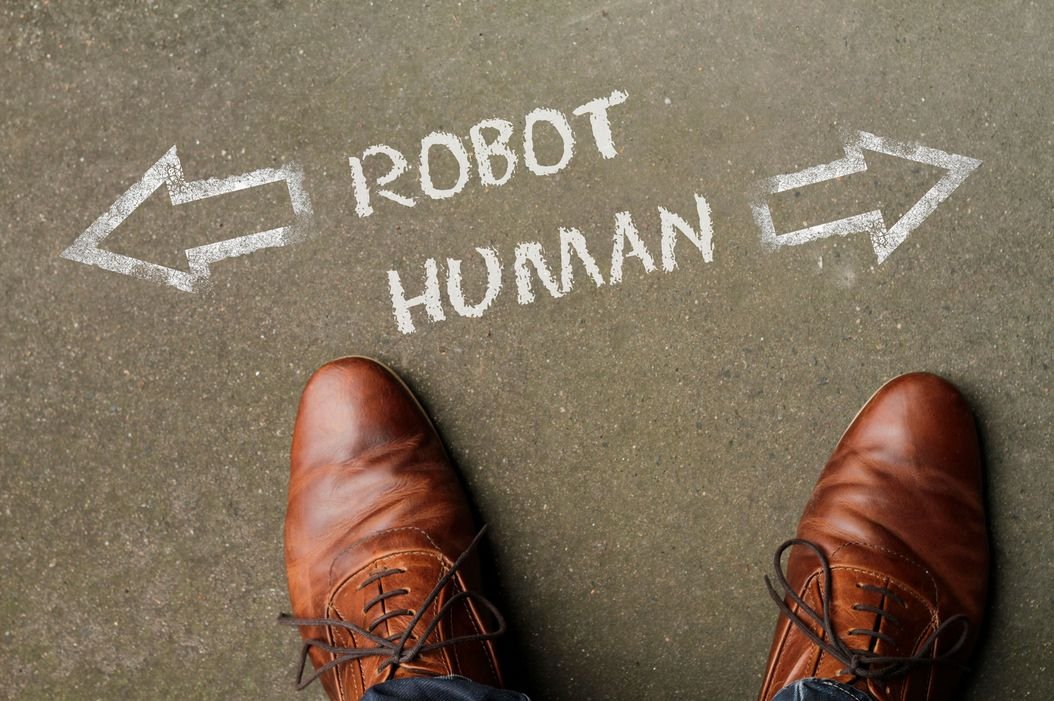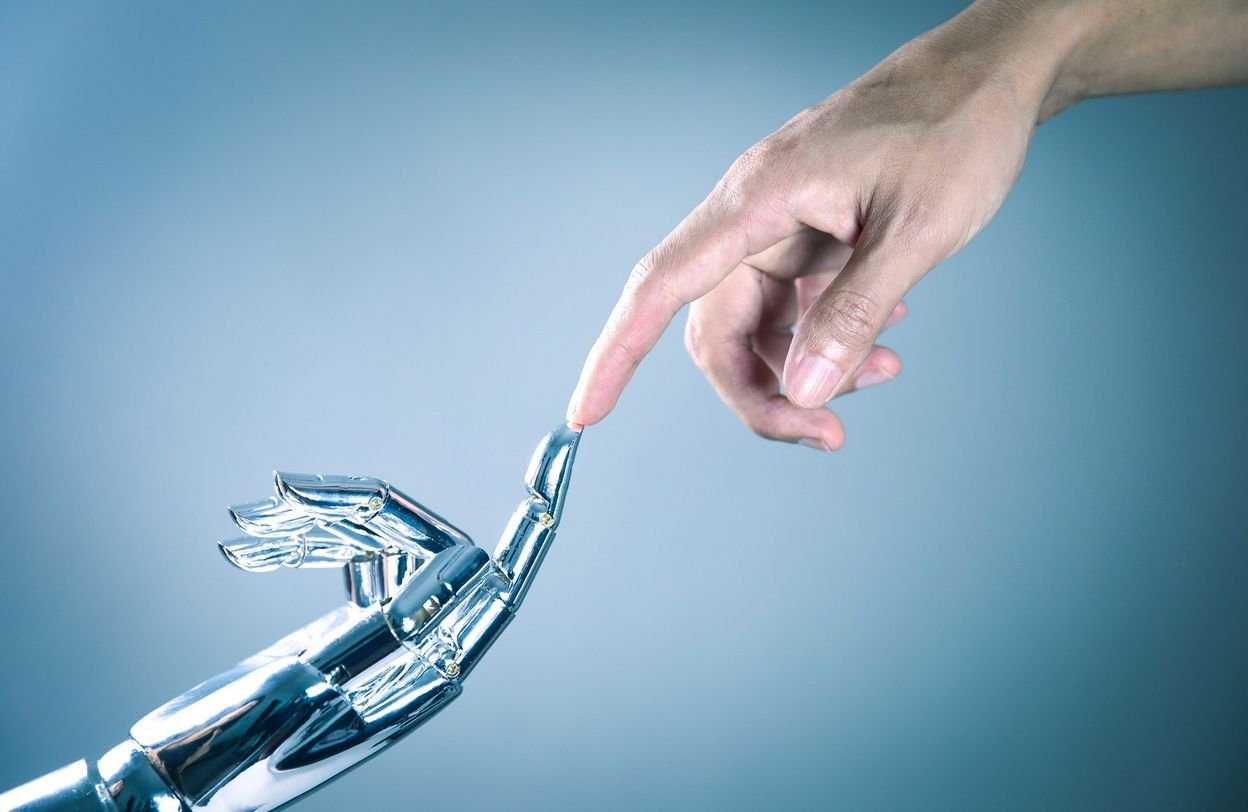Will AI tools like ChatGPT replace people?
You’ve probably already heard of ChatGPT, which has taken the Internet by storm since it’s public release late in 2022. ChatGPT is a chatbot created by Open.ai that uses a technology called “GPT", which stands for "Generative Pre-trained Transformer." A GPT is a computer program that has been pre-trained on a large sets of text to generate human-like responses to questions. So you can ask it questions, as you would a search engine (like Google), but instead of getting back a list of suggested sites, ChatGPT will give you fully formed answers. Ask about a topic and you’ll get a wikipedia-style summary. ChatGPT can also be used for creating computer code, providing advice, writing songs (using the lyrical style of your favourite artist!) and more.
And ChatGPT does all of this with a friendly, engaging manner, that makes it kind of likeable - even human. When you’re interacting with ChatGPT it really does feel like a human interaction. Which brings me to the central question here: Will AI replace people in the end of life planning and care space?
In thinking about this question it’s important to remember that AI is essentially a machine that analyses large amounts of information, finding patterns and connections, often not previously available. With this in mind it we can see how these machines can be used to augment human activity, providing options and insights not previously visible.
Here are some ways AI is likely to impact end of life care.
Personalized care
AI can analyze a patient's health data, including electronic medical records, imaging, and laboratory results, to help healthcare providers better understand the patient's condition and predict changes. With this information, healthcare providers can develop more personalized treatment plans that are tailored to the patient's needs. For example, AI can help identify patients who may be at high risk for falls or infections and recommend interventions to prevent these events from occurring.
Pain management
AI can help healthcare providers better manage pain in patients at the end of life. By analyzing patient data, including self-reported pain levels, medical history, and medication use, AI algorithms can help healthcare providers predict pain levels and adjust medication dosages accordingly. AI can also help healthcare providers identify patients who may be at high risk for opioid misuse or addiction, allowing for early intervention and alternative pain management strategies.
End-of-life planning
AI can help people plan for the end of life by providing guidance and resources. For example, AI chatbots can help patients understand their options for end-of-life care, including hospice and palliative care. AI can also help patients and their families make decisions about advanced care planning, including the use of advance directives, and provide information about legal and financial issues related to end-of-life care.
AI companionship
Providing emotional support and companionship through chatbots or virtual companions is one way AI can assist those who are grieving the loss of a loved one. These AI systems can be programmed to engage in conversations, play games, and even provide emotional support through the use of natural language processing and machine learning algorithms.
For example, a chatbot or virtual companion can be programmed to understand and respond to certain keywords or phrases that indicate someone is struggling with grief, such as "I miss my loved one" or "I feel alone." The AI system can then respond with comforting messages, provide information on grief and bereavement resources, or even connect the user with a human counselor.
Digital Immortality - Creating an AI replica of a loved one
Using AI to create a chatbot or robot that reflects the personality of the deceased is an area of emerging technology known as "digital immortality". This technology involves using AI algorithms to analyze a person's digital footprint, including social media posts, emails, and photos, to create a virtual avatar of the person that can interact with others. This scenario was explored an episode of the Netflex show Blackmirror, which we reviewed in another blog post.
The idea behind digital immortality is to create a way for loved ones to continue to interact with a deceased person in a meaningful way. By creating a virtual avatar that reflects the deceased person's personality and memories, it's possible to provide a sense of continuity and connection for those left behind.
While the concept of digital immortality is intriguing, it raises several ethical and practical concerns. For example, some people may feel uncomfortable interacting with a virtual avatar of a deceased loved one, seeing it as a poor substitute for human interaction. Others may worry that creating a virtual avatar of a deceased person could be seen as disrespectful or creepy.
From a practical perspective, creating a virtual avatar of a deceased person that accurately reflects their personality and memories is a complex task. It requires sophisticated AI algorithms and a vast amount of data to analyze, which may not always be available.
======
To conclude, the AI genie is out of the bottle, bringing a set of capabilities and new possibilities that are likely to have far-reaching impact on human life, including end of life. The extent of change is not fully understood, including the impact on the activities and livelihoods of people involved in end of life care and with this in mind, we should treat this new technology with a healthy mix of excitement, respect and caution.




